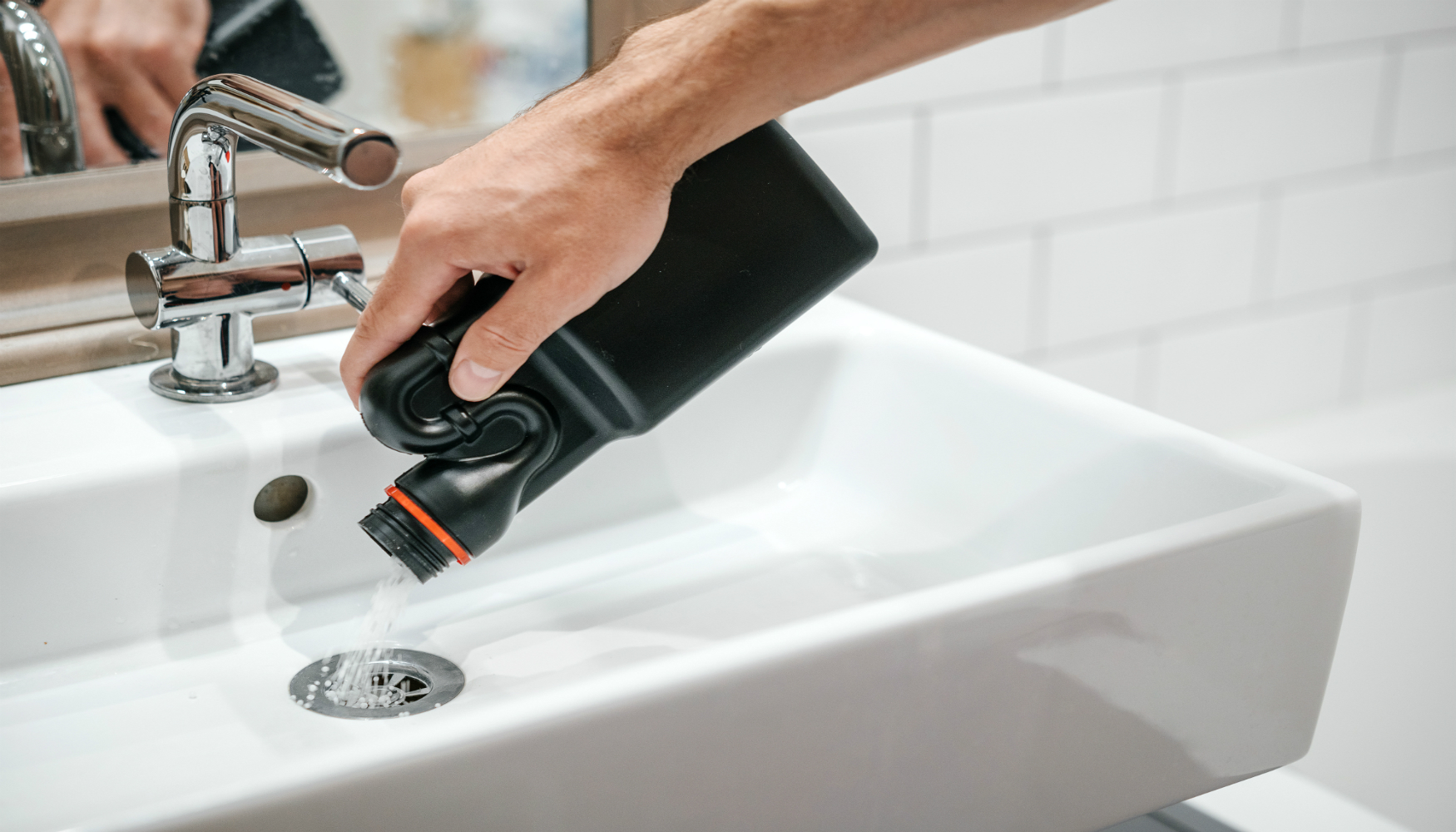How to Fix a Clogged Bathroom Sink
If you've ever experienced a clogged bathroom sink, you know how frustrating it can be. Not only does it slow down your daily routine, but it can also lead to standing water and unpleasant odors. But before you reach for harsh chemicals or call a plumber, try these DIY solutions to unclog your bathroom sink.
Common Causes of a Randomly Clogged Bathroom Sink
There are several factors that can contribute to a clogged bathroom sink. Hair, soap scum, and toothpaste residue are some of the most common culprits. In addition, foreign objects such as jewelry or cotton swabs can also get stuck in the drain and cause a blockage. It's important to be mindful of what you put down your bathroom sink to avoid future clogs.
Using a Plunger to Clear a Clogged Bathroom Sink
One of the most effective ways to unclog a bathroom sink is by using a plunger. First, remove any standing water from the sink. Then, place the plunger over the drain and push down gently. Make sure there is a tight seal between the plunger and the sink. Next, pull up and down on the plunger a few times to create suction. This should help dislodge the clog. Repeat as needed until the water drains properly.
Professional Drain Cleaning for a Clogged Bathroom Sink
If the clog is particularly stubborn and DIY methods aren't working, it may be time to call in the professionals. A plumbing expert can use specialized tools, such as a drain snake or hydro jet, to clear the clog and get your bathroom sink back in working order. They can also offer advice on how to prevent future clogs.
How to Snake a Bathroom Sink Drain
If you're feeling handy, you can try snaking the bathroom sink drain yourself. A drain snake, also known as a drain auger, is a long, flexible tool that can reach deep into the pipes to dislodge clogs. To use it, insert the snake into the drain and twist it as you push it through the pipes. Once you feel resistance, continue to twist and push until the clog is cleared.
Preventing Future Clogs in Your Bathroom Sink
The best way to deal with a clogged bathroom sink is to prevent it from happening in the first place. Regular maintenance can help keep your sink drain clear. This includes using a drain cover to catch hair and debris, regularly cleaning the drain stopper, and running hot water down the drain after each use. Additionally, avoid pouring grease or oil down the sink, as it can solidify and cause blockages.
Dealing with a Severely Clogged Bathroom Sink
If your bathroom sink is completely backed up and none of the above methods are working, it's important to address the issue as soon as possible. A severely clogged sink can lead to bigger problems, such as water damage or mold growth. In this case, it's best to call a plumber to assess the situation and provide a professional solution.
The Importance of Properly Venting Your Bathroom Sink Drain
In order for your bathroom sink drain to work efficiently, it needs proper ventilation. This allows air to flow through the pipes and helps water to drain smoothly. If you suspect that your sink drain is clogged due to a blocked vent, you can try clearing it by using a plumbing snake or calling a professional for assistance.
Understanding the Anatomy of a Bathroom Sink Drain
In order to effectively troubleshoot and fix a clogged bathroom sink, it's helpful to understand how the drain is constructed. The drain consists of the drain pipe, which connects the sink to the main plumbing line, and the drain trap, which is a curved section of pipe that traps debris and prevents it from entering the main sewer line. If the clog is located in the trap, it can usually be easily removed and cleared.
Replacing a Bathroom Sink Drain to Prevent Clogs
If you have an older bathroom sink drain, it may be prone to clogging due to its design. Consider upgrading to a more efficient drain, such as a pop-up drain or a drain with a built-in hair strainer. These types of drains can help prevent future clogs and make maintenance easier.
In Conclusion
Bathroom Sink Randomly Clogged: Causes and Solutions

Causes of a Randomly Clogged Bathroom Sink
 One of the most common and frustrating plumbing issues homeowners face is a randomly clogged bathroom sink. You may find that the sink is draining slowly or not at all, and this can happen without warning. So, what causes a bathroom sink to randomly clog? There are several possible reasons, and it's important to understand them in order to find the right solution.
1. Hair Buildup:
One of the main culprits of a clogged bathroom sink is hair. As we wash our hair, strands can easily get caught in the drain and accumulate over time. This can eventually lead to a blockage in the pipes, causing the sink to drain slowly or not at all.
2. Soap Scum:
Soap scum is another common cause of a clogged bathroom sink. As soap and water mix, they can leave behind a sticky residue that can build up in the pipes and trap other debris, resulting in a clog.
3. Foreign Objects:
It's not uncommon for small objects like jewelry, toothpaste caps, or even kids' toys to accidentally fall into the sink drain. These objects can get stuck in the pipes and cause a blockage, leading to a randomly clogged sink.
One of the most common and frustrating plumbing issues homeowners face is a randomly clogged bathroom sink. You may find that the sink is draining slowly or not at all, and this can happen without warning. So, what causes a bathroom sink to randomly clog? There are several possible reasons, and it's important to understand them in order to find the right solution.
1. Hair Buildup:
One of the main culprits of a clogged bathroom sink is hair. As we wash our hair, strands can easily get caught in the drain and accumulate over time. This can eventually lead to a blockage in the pipes, causing the sink to drain slowly or not at all.
2. Soap Scum:
Soap scum is another common cause of a clogged bathroom sink. As soap and water mix, they can leave behind a sticky residue that can build up in the pipes and trap other debris, resulting in a clog.
3. Foreign Objects:
It's not uncommon for small objects like jewelry, toothpaste caps, or even kids' toys to accidentally fall into the sink drain. These objects can get stuck in the pipes and cause a blockage, leading to a randomly clogged sink.
Solutions to a Randomly Clogged Bathroom Sink
 Fortunately, there are several solutions to a randomly clogged bathroom sink that can help you avoid a costly plumbing repair. Here are a few options to consider:
1. Use a Plunger:
In many cases, a plunger can effectively clear a clog in the sink. Simply place the plunger over the drain and pump it up and down a few times to create suction. This can dislodge any hair or debris that may be causing the clog.
2. Try a Natural Drain Cleaner:
If the plunger doesn't work, you can try using a natural drain cleaner made from a mixture of hot water, baking soda, and vinegar. This can help break down any buildup in the pipes and clear the clog.
3. Call a Professional Plumber:
If the clog persists, it may be time to call a professional plumber. They have the tools and expertise to quickly diagnose and fix the issue, preventing further damage to your plumbing system.
In conclusion, a randomly clogged bathroom sink can be a frustrating issue for homeowners. By understanding the causes and implementing the right solutions, you can keep your sink draining smoothly and avoid costly repairs. Remember to regularly clean your sink and watch what goes down the drain to prevent future clogs.
Fortunately, there are several solutions to a randomly clogged bathroom sink that can help you avoid a costly plumbing repair. Here are a few options to consider:
1. Use a Plunger:
In many cases, a plunger can effectively clear a clog in the sink. Simply place the plunger over the drain and pump it up and down a few times to create suction. This can dislodge any hair or debris that may be causing the clog.
2. Try a Natural Drain Cleaner:
If the plunger doesn't work, you can try using a natural drain cleaner made from a mixture of hot water, baking soda, and vinegar. This can help break down any buildup in the pipes and clear the clog.
3. Call a Professional Plumber:
If the clog persists, it may be time to call a professional plumber. They have the tools and expertise to quickly diagnose and fix the issue, preventing further damage to your plumbing system.
In conclusion, a randomly clogged bathroom sink can be a frustrating issue for homeowners. By understanding the causes and implementing the right solutions, you can keep your sink draining smoothly and avoid costly repairs. Remember to regularly clean your sink and watch what goes down the drain to prevent future clogs.
























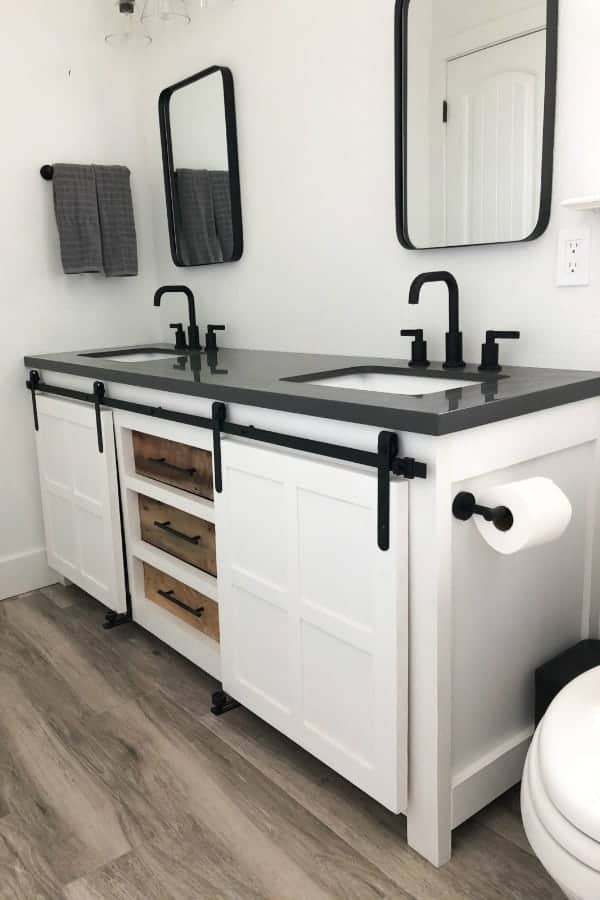






























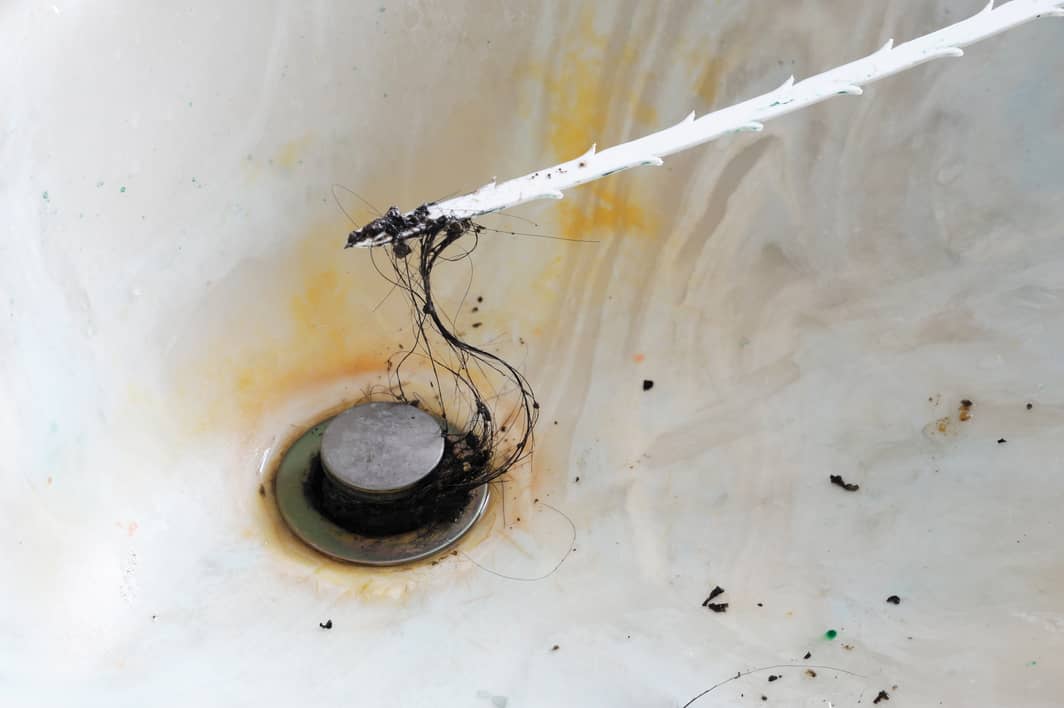



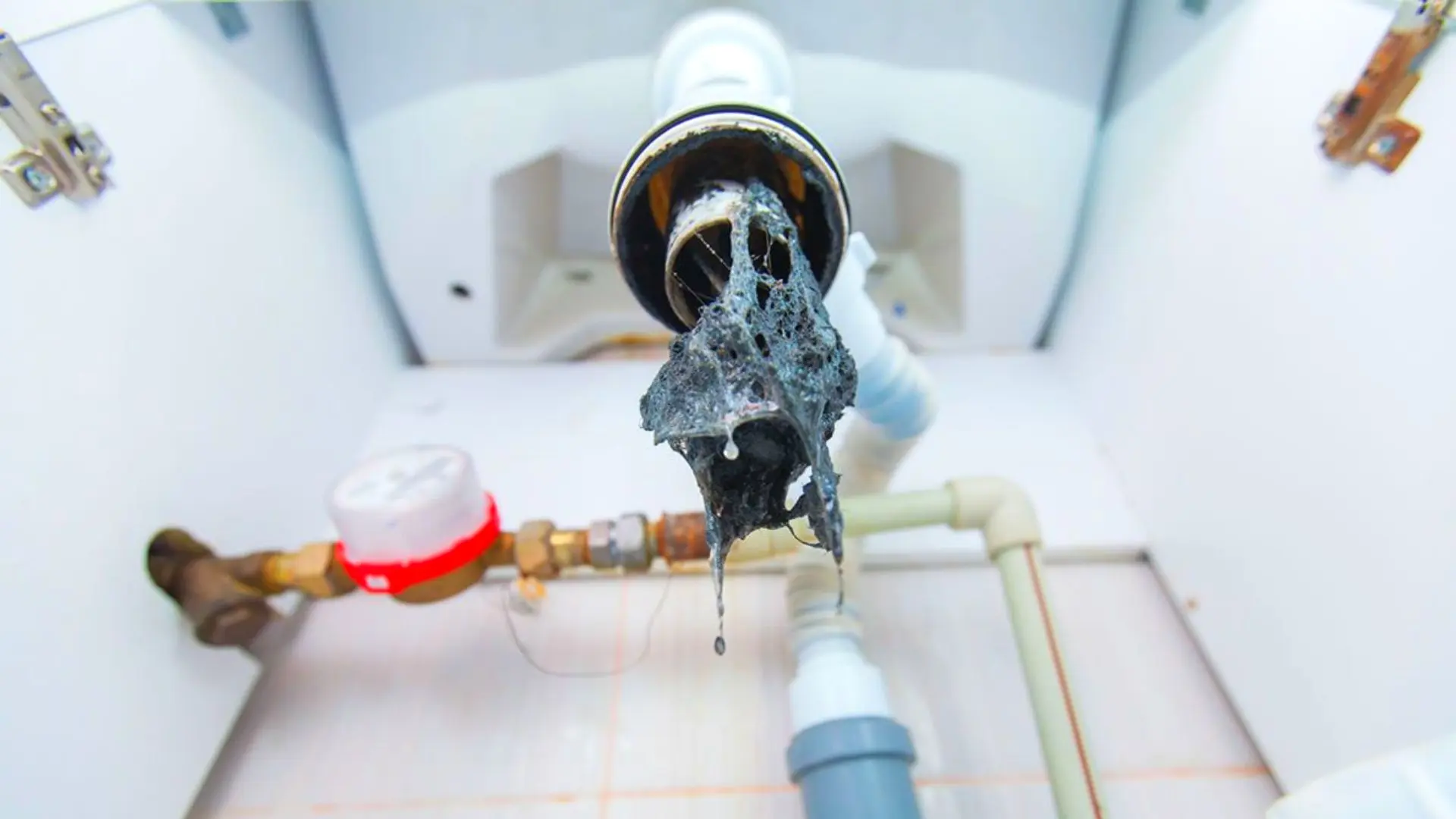






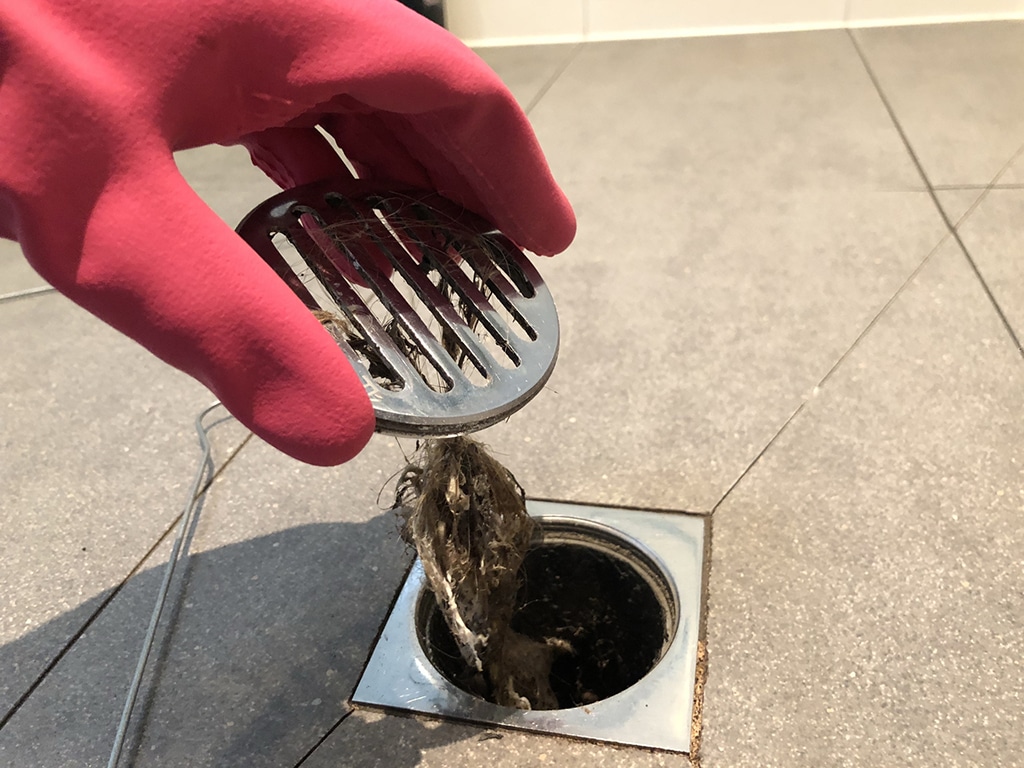

:max_bytes(150000):strip_icc()/freshen-and-unclog-drain-with-baking-soda-1900466-22-bbf940b70afa4d5abef0c54da23b1d3f.jpg)









:max_bytes(150000):strip_icc()/pouring-chemicals-down-a-sink-80033290-5810e9425f9b58564c60a7e1.jpg)

